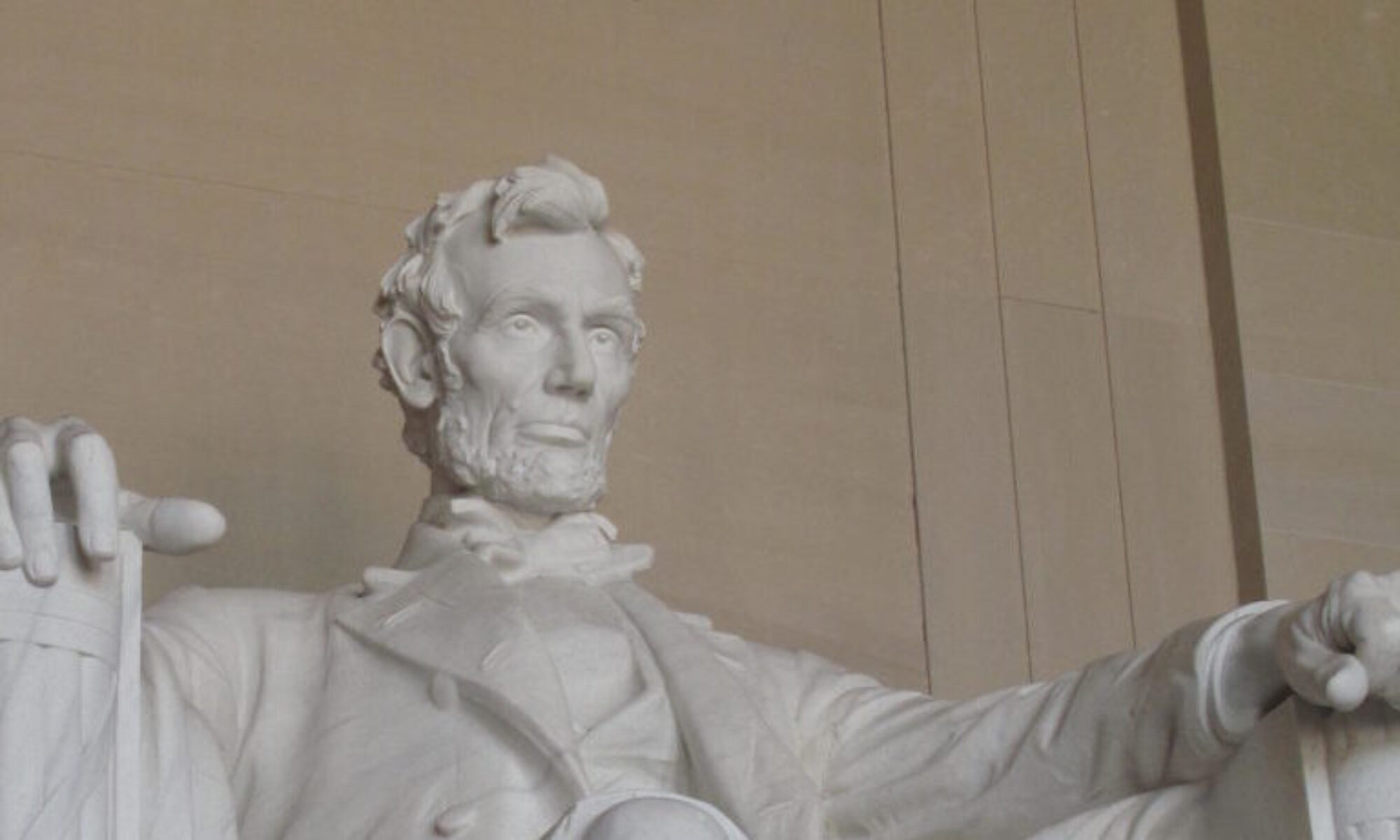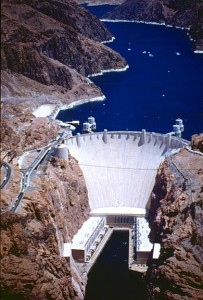Ramparts of Civilization kept a close eye on the unfolding drama of the mine cave-in at the San Jose Mine in Chile trapping 33 miners that ended in triumph with their rescue this past week. I held back commenting on the event of the day as it was obviously truly about the heroic fortitude of each of the miners and their salvation at the hands of a committed drill team and country. I also held back so I could absorb some of the deeper lessons of the almost perfect rescue process and see if I could put it into a worthy tome. No worries. Dan Henninger of the Wall Street Journal beat me to it, and in a terrific column nailed it better than I ever could- the powers of human innovation, and the need for governments to unleash them by getting out of the way.
The lessons abound to any open mind in the continuing examples of the difference in response times and quality between profit driven private innovation and government driven “job creation”. The power of Steve Jobs to take a moribund computer company and through innovation lead it to become by value the largest corporation in the United States, creating hundreds of thousands of jobs. The ability of Virgin Atlantic’s Richard Branson to foresee and create a space port and offer space tourism at 200,000 dollars a flight versus 40 million on a Russian government Soyuz capsule, along with Burt Rutan’s genius creating from scratch a whole new industry. The capacity of private funded charter schools to accomplish higher graduation rates and academic competence in poor neighborhoods where public teacher’s union led schools underwritten with billions of public funding score worse graduation outcomes with each successive decade since the 1960’s, when government first took over public school performance.
The Chilean miner drama had a multitude of private enterprise innovations that created the unexpected mechanisms for rapid success. The crisis’s outcome turned forever, when Brandon Fischer, President of Center Rock, Inc., a 75 man company with an innovative forward hammering tool leading the typical rotatory drill bits of a drilling rig drilling for water in Afghanistan offered his company’s services to the Chileans. A piece of equipment quite a bit less glamorous than the iPhone but every bit as innovative punched a perfect man sized rescue hole through 2300 feet of diamond hard volcanic rook and granite in record time as more established drill systems fell behind. As Henninger points out this wasn’t the only profit driven innovation at work. The scope of the rescue was a constellation of brilliant innovative products from all over the world – micro cameras and fiber optic cable from Japan, super high grade transport cable for the “rescue wagon” from Germany, even bacterial resistant socks from a Virginia company for the miners living in the humid conditions of the mine to protect their feet. All in all, a symphony of creativity and innovation from little and big ‘capitalist moneymongers’ from all over the globe who managed to coordinate to perfection in short order a rescue process that amazed the world.
We have only to look at a specific example of the American governmental response to the British Petroleum oil spill in the Gulf of Mexico this summer to recognize while the American economy is currently in its doldrums led by a clueless governmental class. With oil gushing and soiling the gulf waters and fish beds, an innovative Dutch process of “water washing” capable of achieving 98% cleansing of the water of oil and retrieving the oil for use was rejected by the over regulated American government as it did not meet the 99% regulation standard artificially put forward by environmental bureaucrats. Therefore, 100% of the water remained contaminated to prevent the perception of a weakness in bureaucratic control. If the more forward thinking Chilean government had used the same principles, the Center Rock drill would still be undergoing testing to determine its environmental impact and the miners would be sitting in the dark gloomily consigned to a horrible fate.
Innovation driven by capitalism has continued to be an unsurpassed success story in the efforts of man to raise his quality of life and provide hope for more and more of the world’s poverty striken areas. It may be at times unseemly, ‘unfair’, unpredictable, and in its means of egocentric success, unfathomable to the erudite, but it is the system of choice for the betterment of man because it is intimately tied to the human spirit, the driving force of all positive outcomes. No amount of government money thrown against a wall will achieve the lasting benefits of creative intellects feeding of each other’s success for their own benefit, and collectively hwever indirectly, for us all.



